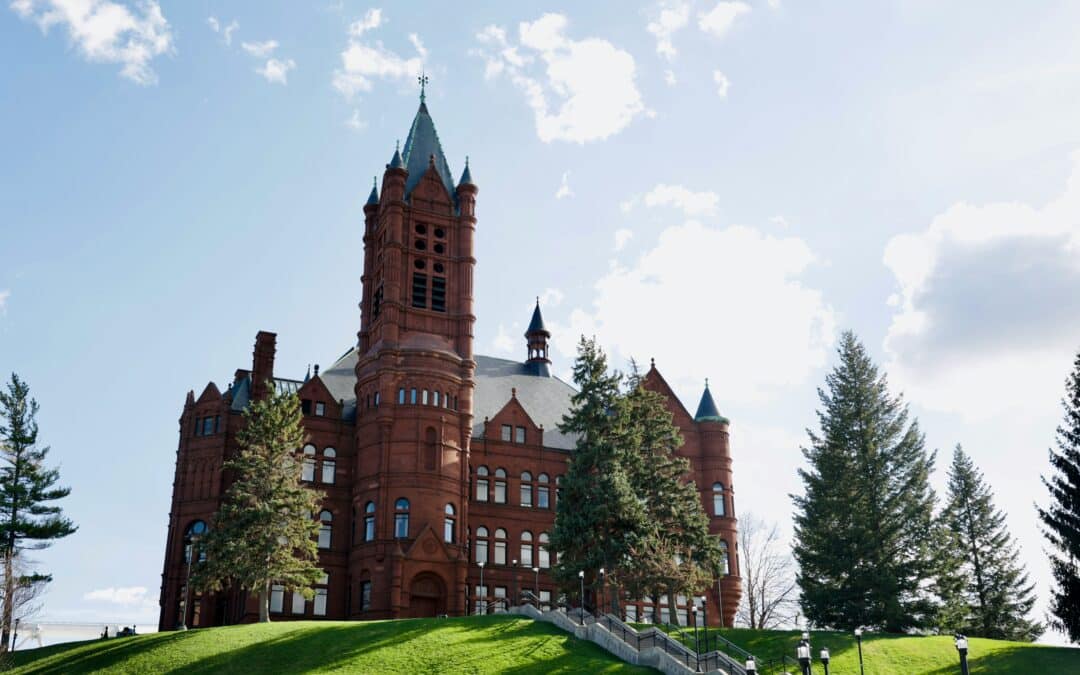College Safety Schools
This year, in addition to offering concrete suggestions about how to maximize the common application form, I am excited to launch a general college admissions advice column. Please feel free to reach out with anything you’re wondering about. In the meantime, I will start by answering a question that I have been asked repeatedly over the last few weeks.
“What’s a good safety school for me?”
Are you struggling to choose the right college safety schools? If so, you’re not alone. Nevertheless, it’s absolutely worth taking the time to get this part of your list right. Here are some factors to consider.
- What is the definition of a college safety school?
A safety school is one that you can be reasonably certain that you will get into – the exact definition varies, but I personally think that you should have at least a 70% likelihood of admission. The next logical question is ….
- How do I figure out my personal odds of admission?
Just because a school admitted 70% of applicants last year doesn’t mean that they will have the same admit rate this year. (Trends show that most desirable schools are harder to get into each year, sometimes exponentially so.) Plus, YOUR PERSONAL odds of admission aren’t necessarily the same as the overall numbers. Depending on your profile, you might have a better or worse chance than the admit rate would suggest.
- For instance, are you overqualified?
If your numbers are WAY above the average admitted student’s, you might think that you are a shoo-in. In reality, colleges run statistics about the types of students who have accepted their offers in the past, and they might well deny or waitlist you if they think that you aren’t likely to accept their offer.
- Conversely, are you unusual (or special) in their pool?
Will you bring geographic diversity, an esoteric academic interest or skill, or a viewpoint or background that this particular school values? Are you a legacy at a school that admits legacies at a much higher rate, or are you in-state at a school that offers guaranteed admission if you have a specified GPA? If so, you might have a better than average chance of getting in.
- You need more safety schools than you think you do.
Confused yet? The bottom line is that it’s hard to predict which schools are safeties, although it is possible to identify programs that you are more likely to get into. I suggest having at least 4 that seem like safe(r) bets.
- Not a safety school if you wouldn’t go there.
Resist the temptation to add safety schools that you would never, in reality, attend. It’s not a safety if you wouldn’t go there – the idea is to find schools that you would be happy attending, even if they aren’t necessarily your first choice.
- Don’t confuse selectivity with quality or fit.
One last note – just because a school has a lower admit rate, it isn’t necessarily more desirable or “better.” When considering colleges, please focus on what really matters to you – teaching quality and style, employment and graduate school outcomes, student happiness and quality of life, etc. If you start to evaluate options through this lens, you might be pleasantly surprised to find that your safety schools are actually near the top of your list.
Do you have questions about the college admissions process? Reach out to set up a free consultation, or to see your question answered in a future column.




